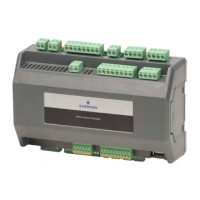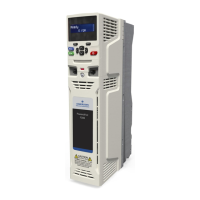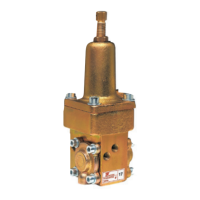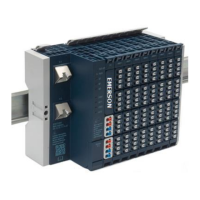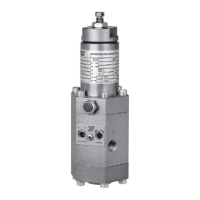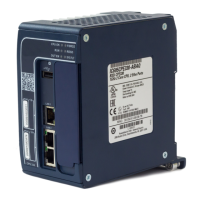PACSystems™ RX3i and RSTi-EP CPU Reference Manual Section 6
GFK-2222AK October 2019
Serial I/O, SNP & RTU Protocols 190
6.3.5.2 Serial Link Timeout
The only cause for a RTU device to timeout is if an interruption to a data stream of 4
character times occurs while a message is being received. If this occurs the message is
considered to have terminated and no response will be sent to the master. There are
certain timing considerations due to the characteristics of the slave that should be taken
into account by the master. After sending a query message, the master should wait an
appropriate amount of time for slave turnaround before assuming that the slave did not
respond to the request. Slave turnaround time is affected by the Controller
Communications Window time and the CPU sweep time, as described in RTU Slave
Turnaround Time.
6.3.5.3 Invalid Transactions
If an error occurs during transmission that does not fall into the category of an invalid
query message or a serial link time-out, it is known as an invalid transaction. Types of
errors causing an invalid transaction include:
▪ Bad CRC
▪ The data length specified by the Memory Address field is longer than the data
received
▪ Framing or overrun errors
▪ Parity errors
If an error in this category occurs when a message is received by the slave serial port, the
slave does not return an error message; rather the slave ignores the incoming message,
treating the message as though it was not intended for it.
6.3.6 RTU Slave/SNP Slave Operation with Programmer
Attached
A port that has been configured for RTU Slave protocol can switch to SNP protocol if an
SNP master such as a programmer begins communicating to the port. The programmer
must use the same serial communications parameters (baud rate, parity, stop bits, etc.)
as the currently active RTU Slave protocol for it to be recognized. When the CPU
recognizes the SNP master, the CPU removes the RTU Slave protocol from the port and
installs SNP Slave as the active protocol.
The SNP protocol that is installed in this case has the following fixed characteristics:
▪ The SNP ID is set to blank. Therefore, the SNP master must use a blank ID in the SNP
attach message. This also means that this capability is only useful for point-to-point
connections.
▪ The turnaround time is set to 0ms.
▪ The idle timeout is set to 10 seconds.
After the programmer is removed, there is a slight delay (equal to the idle timeout)
before the CPU recognizes its absence. During this time, no messages are processed on
the port. The CPU detects removal of the programmer as an SNP Slave protocol timeout.
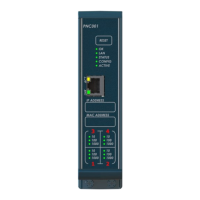
